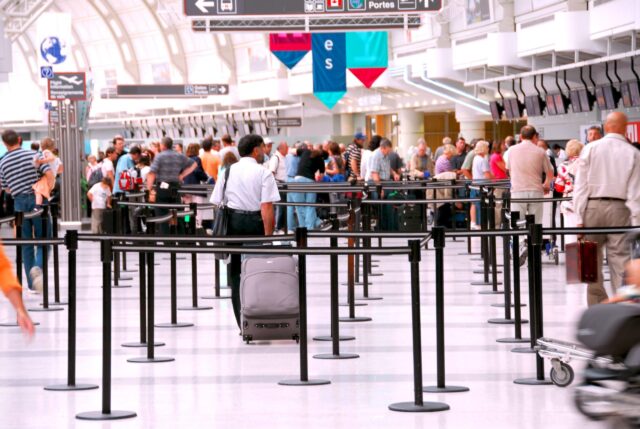Eurofighter Typhoon assembly halts in UK: Can the industry survive until Tempest takes flight?

July 7, 2025

The final assembly line of the Eurofighter Typhoon at BAE Systems in Lancashire has effectively ‘ground to a half,’ as no new orders have been received.
The Financial Times reported that British production of the Eurofighter Typhoon has stalled, raising questions about potential critical skills shortages if the pause lasts for longer.
The Typhoon is one of two fighter jets in service with the Royal Air Force (RAF), with the other being the F-35B Lightning II stealth fighter. Those F-35Bs are also shared with the Royal Navy, meaning the RAF relies more on its fleet of around 113 Typhoons.
The Eurofighter Typhoon suffers as the UK moves to the F-35
The United Kingdom is currently purchasing F-35Bs and will now also purchase 12 F-35As. The UK has a program of record to eventually purchase 138 F-35s.
While the UK contributes around 15% to the production of each F-35 fighter jet, the jets are still manufactured in Texas. Meanwhile, the UK is working with Italy and Japan to develop the Tempest/GCAP sixth-generation fighter jet, expected to enter service around 2035.

The UK’s commitment to 27 more F-35s, confirmed in June, has diverted procurement funding away from the Eurofighter Typhoon, putting an end to a potential Tranche 5 order that might have sustained domestic production.
No more Typhoons raises a red flag for critical skills
The halt of production of the Typhoon in the UK poses a serious problem and is sparking fears of a loss of critical aerospace industry skills in the UK.
To keep the UK’s skilled labour and ability to produce advanced fighter jets, the Typhoon needs to remain in production until the industry can switch to producing the Tempest in the 2030s.
British Typhoons are assembled at BAE Systems’ assembly line in Warton, Lancashire. The last example from that assembly line has been handed over to Qatar, and now the factory has no more orders to meet.

The British MoD has not placed more orders for the Typhoon since 2009, while the aircraft has struggled to find export sales outside of its consortium and the Middle East. Unless the MoD orders more Typhoons, the program in the UK will remain reliant on export orders.
While other Eurofighter Typhoons are assembled in Germany, Italy, and Spain, these aircraft do use British parts, as each of the contractors in the consortium builds different parts for the aircraft.
The UK’s BAE builds the front fuselages and various other components. Other British defense companies also contribute. For example, Martin-Baker produces the ejection seats, while Rolls-Royce is one of the primary owners of EuroJet Turbo GmbH, responsible for building the engines.
The Typhoon was developed by a joint consortium called Eurofighter GmbH, made up of the United Kingdom, Germany, Italy, and Spain. The UK and Germany each have 33% ownership of the project, while Italy has a 21% share and Spain has the remaining 13%. The main contractors are BAE, Airbus, and Leonardo.
A temporary dip in Typhoon production?
Still, all is not lost for the BAE assembly plant in Lancashire, and there is hope that the void of orders may prove to be a temporary dip.
After being kicked out of the F-35 program by the United States, Turkey is negotiating to purchase 40 Eurofighter Typhoons, while negotiations are ongoing to supply more of the jets to Saudi Arabia and Qatar.
Qatar confirmed the order for 12 more examples in December 2024. Orders to Saudi Arabia and Turkey have been hampered by Germany blocking the sales, although it seems Germany has now dropped its objections.

It is unclear where these Eurofighters will be assembled. Qatar’s fighter jets may have been assembled in the United Kingdom, but, according to Times Aerospace, 48 of Saudi Arabia’s previously ordered fighters were locally assembled by Alsalam Aircraft in Saudi Arabia.
Reporting by Defense Industry Europe suggests Qatar’s extra dozen Typhoons will be assembled in England.
In this period of rising defense budgets, time will tell if the RAF will order more Typhoons, if only to prevent the industry from atrophying. Across the pond, this is something Washington does repeatedly.
One recent example is Washington ordering Boeing’s Super Hornets, which the US Navy didn’t even want in an effort to keep the industry alive until it could transition to new projects like the upcoming Boeing F-47 sixth-generation fighter.
A similar intervention by the UK could preserve Typhoon assembly skills ahead of the Tempest and GCAP era.
















